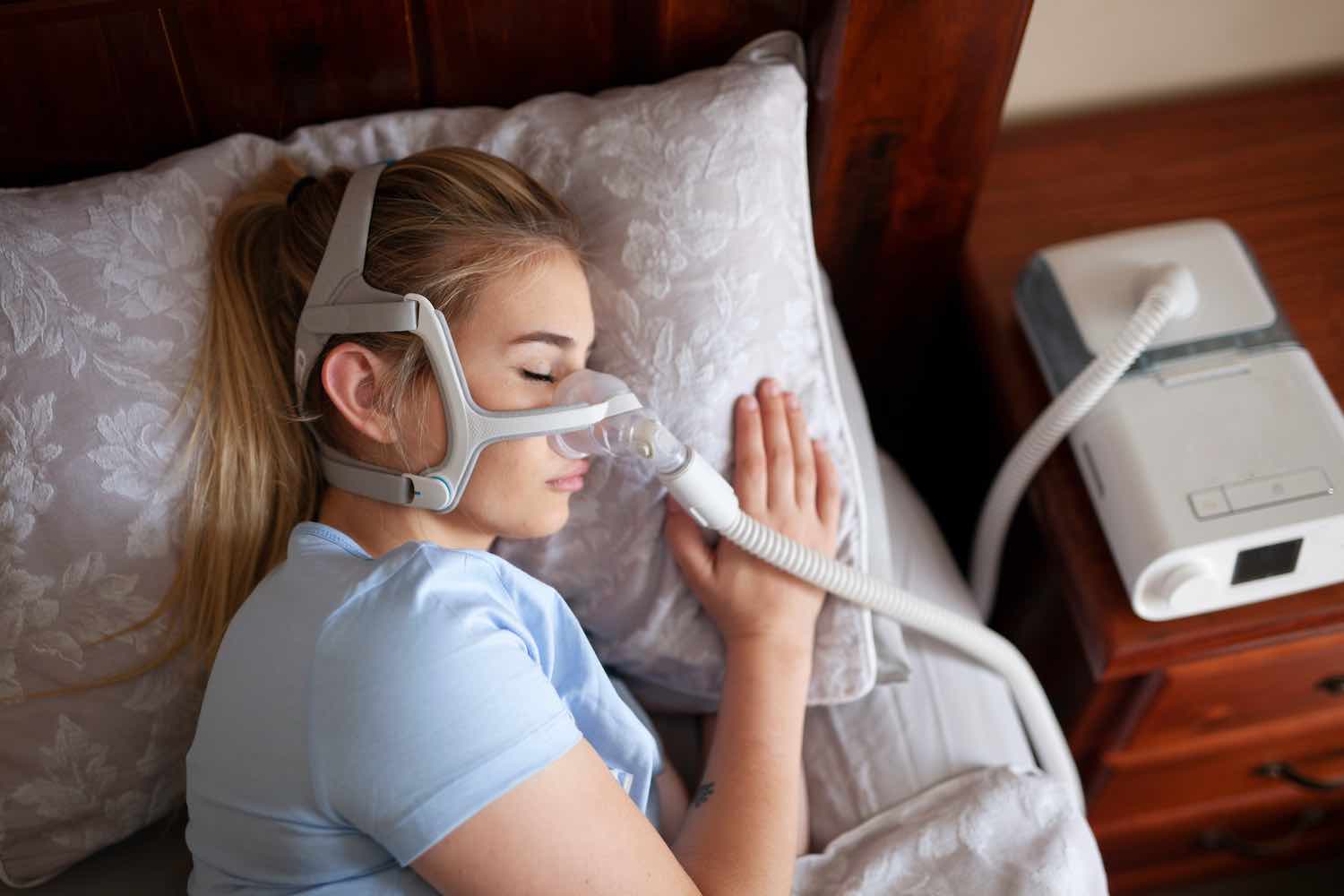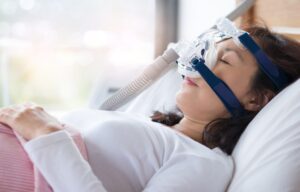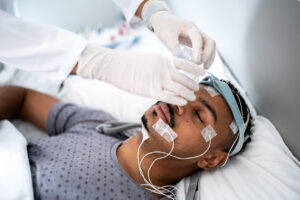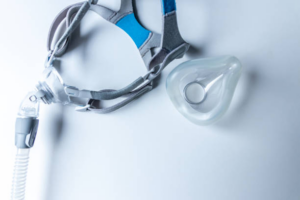Rare CPAP machine tips that are quite helpful

Those who have been given a sleep apnea diagnosis may choose from a range of CPAP devices. The basics of CPAP were covered in our last blog post, along with some of the benefits it offers people with sleep apnea, such as keeping their airways open while they sleep and a reduction in snoring and other apnea symptoms including weariness and daytime drowsiness.
How well CPAP works for you personally will be greatly influenced by the kind of CPAP mask your doctor suggests for you. A key element of the overall CPAP regimen is the CPAP mask, which delivers air from the CPAP machine to your mouth and nose. This makes it obvious that your CPAP mask should be as comfortable as possible and create a tight seal over your mouth and/or nose (without leaving marks on your face or irritating your skin).
Thankfully, many of the cpap machines available today are designed to do just that: provide you a comfortable night’s sleep without inflicting you with any discomfort or irritability. Let’s review the advantages provided by each kind of machine and evaluate what distinguishes these numerous CPAP mask types from one another.
Which CPAP machines are available for those who have sleep apnea?
CPAP machines typically come in various sizes and fall into three main groups.
When compared to full face CPAP machines, nasal machines fit over your nose alone, providing a more comfortable fit; nasal pillow machines are even lighter and simpler than nasal machines, allowing for more visibility and openness. Your mouth and nose are covered with a full-face mask.
See also: Solve these CPAP machines’ problems with these tips

These descriptions may have made it apparent that you would prefer a lighter or smaller mask over a bigger or heavier one. But there are other considerations as well. As an example, equipment that covers more of your face may sometimes provide a greater barrier against leakage, boosting therapy. Similar to this, if you have facial hair, a larger mask may be necessary for a better seal. You could also feel more comfortable using a smaller mask if you have claustrophobia.
Even while full face machines are a little heavier, you could find them to be more comfortable. A lot of this comes down to personal preference and how effectively a given mask shape will cover the specific characteristics of your face. In any event, your doctor could help you select the machine that fits you the most comfortably by letting you try on a number of them.
Also important is this! You may “forget” to wear your CPAP mask sometimes or take it off in the middle of the night if it doesn’t seem comfortable to you. You may not even be aware of what you’ve done until the next morning in certain circumstances!
You’ll most likely suffer the same symptoms you had before to your diagnosis, such as daytime sleepiness and poor energy, in addition to being at risk for a number of extra sleep apnea-related hazards, since you won’t be getting the full degree of treatment for your sleep apnea.
There are additional types of CPAP machines that may be used to treat sleep apnea, despite the fact that the majority of CPAP machines fall into one of the three categories stated above. Less often suggested machines include whole face machines (covering the full face), oral machines (covering just the mouth), and hybrid machines (offering various combinations of the previously described CPAP machines). Although they aren’t as often recommended as the three we’ve spoken about above, depending on how bad your disease is, your doctor may decide to prescribe one of them.
Think about getting two CPAP machines.
Even if it takes a few attempts to find the CPAP mask that fits you the best, we are certain that everyone can find the ideal model. However, some people choose to purchase two CPAP machines, which they use alternately.
Numerous visitors to our website claim to have alternately used two CPAP machines. If you think you could benefit from having a second mask fitted, speak with your equipment supplier about your options for doing so most affordably.

Why use two?
In certain cases, the following may help with environmental allergies: If you currently use a nasal or nasal cushions mask and have stuffy, clogged nasal passages when your allergies start to act up, you may find it easier to breathe through a full face mask. This is especially true if your septum is deviated.
To reduce pressure on the sensitive parts of the face: Your face was covered with a variety of machines. Your face sometimes needs a rest, despite the fact that machines become comfier every year. A different kind of mask (such as a nasal pillows, nasal, and/or full face mask) may make a sensitive area feel better.
After a facial operation, during recovery: Ask your equipment provider as soon as possible about being fitted for a mask that won’t touch the area of your face where your CPAP mask now sits throughout your recovery.
But remember…
Never compromise on the standard of treatment. If you wish to temporarily switch from a full face mask to a nasal or pillows mask, ask your equipment supplier how a chin strap may help ensure that your mouth stays closed while you sleep. If the mouth is open when using nasal/pillows, CPAP treatment will be less effective and humidification won’t keep you comfortable.
Recognize when it’s time to replace your CPAP supplies. With more machines, it becomes required to maintain more supplies. Make sure you are aware of the proper cleaning and storage procedures as well as when to replace each piece of CPAP equipment, including mask components, machine filters, and water chambers.
Machines and their components will last longer if you use them alternatively as long as you clean them according to their instructions each morning after use and store them correctly (ideally in a sealed plastic bag after they’ve been cleaned and dried, and away from sunlight).
Seasonally adjust the humidity levels in your home.
During the winter, you’ll need extra moisture, so raise your humidity levels by 1/2 to 1 level at a time until you’re pleased.
You may lower the humidity levels in your home throughout the summer when the air is warmer and more muggy.
Keep your CPAP at or just below the height of your head
If condensation forms above your head and drips into your hose, you run the danger of having your machine topple over on you.
Ensure that your CPAP machines are set up on a sturdy, flat surface, such a book, stool, or tray.
You’ll probably need to wipe off extra condensation more often if your machine is on the floor.
As a result of moisture build-up and the fact that the air is often colder closer to the floor, you may need to dust your equipment more frequently. Additionally, you should dust your system more often and make sure it’s “bug-free.”
Use only distilled water in your machine
Fluoride and other antibacterial agents often found in tap water might be hazardous to your lungs.

We advise using mask liners to prevent discomfort or pain.
They assist in removing unpleasant micro-leaks that may cause face irritability. (Also, if your mask is causing you any discomfort or agony, please let our equipment specialists or your doctor know.)
Try using zinc oxide cream to calm down mild skin irritants.
Our eighth piece of advice is to get your CPAP machines inspected at least once every six months.
We find that our patients perform better when their machines are checked more often, despite the fact that many manufacturers only advise having your unit evaluated once a year.
To get used to your mask
To get used to your mask turn it on (unattached to the machine) for 20 minutes at a time while unwinding, watching TV, etc.
After getting used to your CPAP machines
Use it regularly, especially during naps and each time you go to bed.
If you have trouble coping with forced air
Try the “ramp” function on your system. You may progressively raise air pressure over time by doing this. Consult your doctor if this does not resolve the issue.
If you have a dry or stuffy nose on a regular basis
You have to take into account buy CPAP machines with an adjustable heated humidifier. You could also be given a nasal steroid spray by your doctor, or you might use K-Y Jelly to swab your nasal passages. Another option is a nasal wash like Neri-Med. Never use petroleum jelly-based products, however.
If you experience claustrophobia
Practice by putting on the mask without the other components and holding it up to your face. Try wearing the mask with the straps once you’re at ease with that. Hold the CPAP machine’s hose connected to the mask and hose (without the straps) when the machine’s low-pressure setting is selected (turn the ramp feature on). While awake, put on the mask with the straps and the air pressure machine switched on. Try sleeping with it on once you’re at ease with that.

Some of our patients struggle to fall asleep when their therapy first starts, but this is common and often only brief. If this describes you, think about…
Increasing air pressure gradually over time by using the “ramp” option on your machine.
- avoiding alcohol and caffeine before bed.
- doing regular exercise.
- a warm bath before going to bed.
- putting off going to bed till you are exhausted.
Spend a few minutes daily cleaning your CPAP machines.
We advise using a mix of one part vinegar to two parts water for rapid cleaning. (Vinegar is a fully non-toxic natural sterilizer.) Cleaning mask cushions is simple with wipes and sprays, and you may wash your mask more thoroughly every few days with hot, soapy water.



